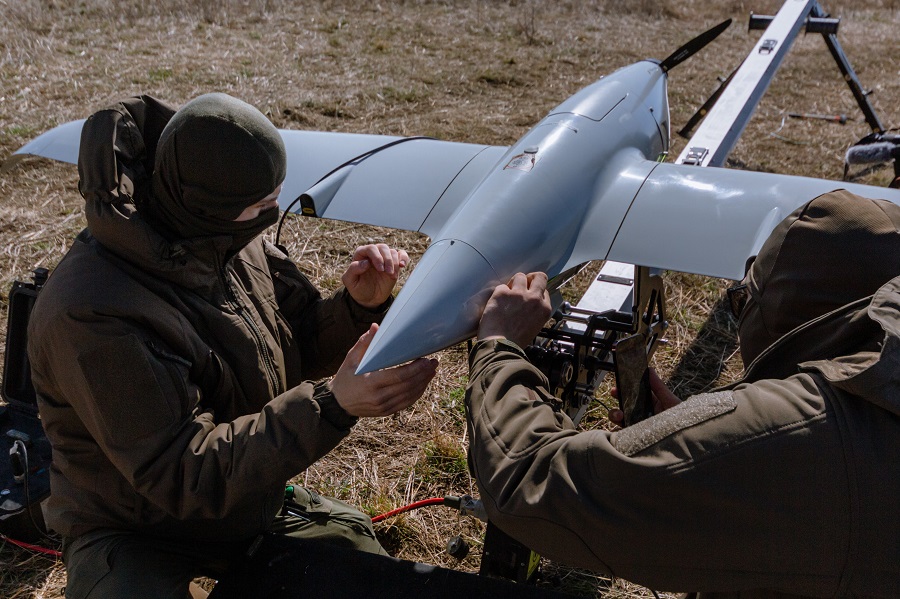Skyeton's Raybird UAV Advances with Hydrogen Power in Ukraine
Key Ideas
- Skyeton successfully tested a hydrogen-powered version of its Raybird UAV in Ukraine.
- The company plans to develop a new fuselage design optimized for hydrogen integration for future production.
- The hydrogen-electric propulsion offers improved efficiency and environmental performance for long-endurance missions.
- CEO Roman Knyazhenko aims for over 15 hours of flight endurance with a hydrogen solution for their UAV.
Skyeton, a Ukrainian company, has achieved a milestone by conducting a successful test flight of a hydrogen-powered version of its Raybird UAV in Ukraine. The UAV, equipped with an electric engine connected to a hydrogen fuel cell, represents a significant advancement in aviation technology. Skyeton is now focusing on redesigning the aircraft's fuselage architecture to better accommodate the hydrogen fuel cell system. CEO Roman Knyazhenko emphasized the goal of creating an aircraft with an electric engine capable of extended flight endurance under extreme conditions while carrying a payload. The transition to hydrogen-electric propulsion is expected to enhance operational efficiency and environmental sustainability for both military and civilian applications of the Raybird UAS, which is known for its long-endurance surveillance and reconnaissance capabilities. The introduction of hydrogen power aims to leverage the benefits of electric motors such as reliability and ease of maintenance while enabling continuous long-duration flights. Skyeton's commitment to advancing hydrogen technology in the aerospace sector showcases their dedication to innovation and sustainability.
